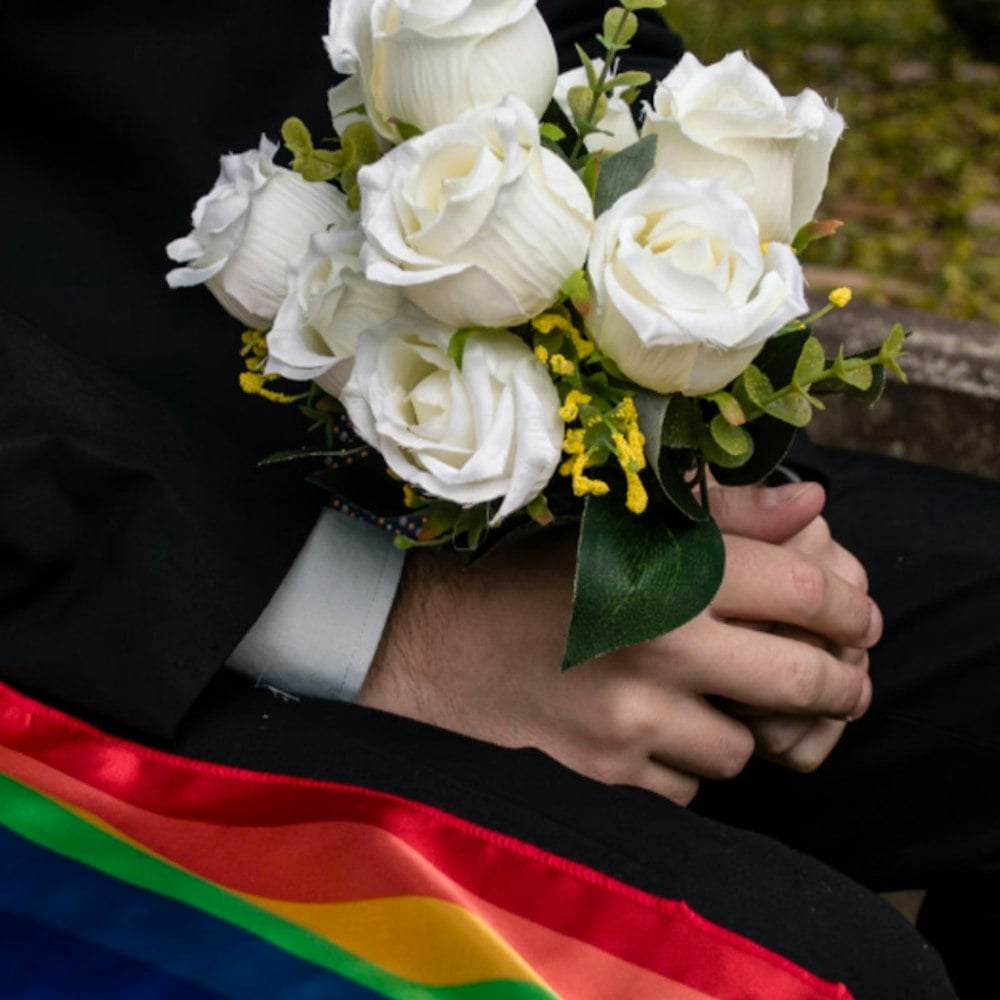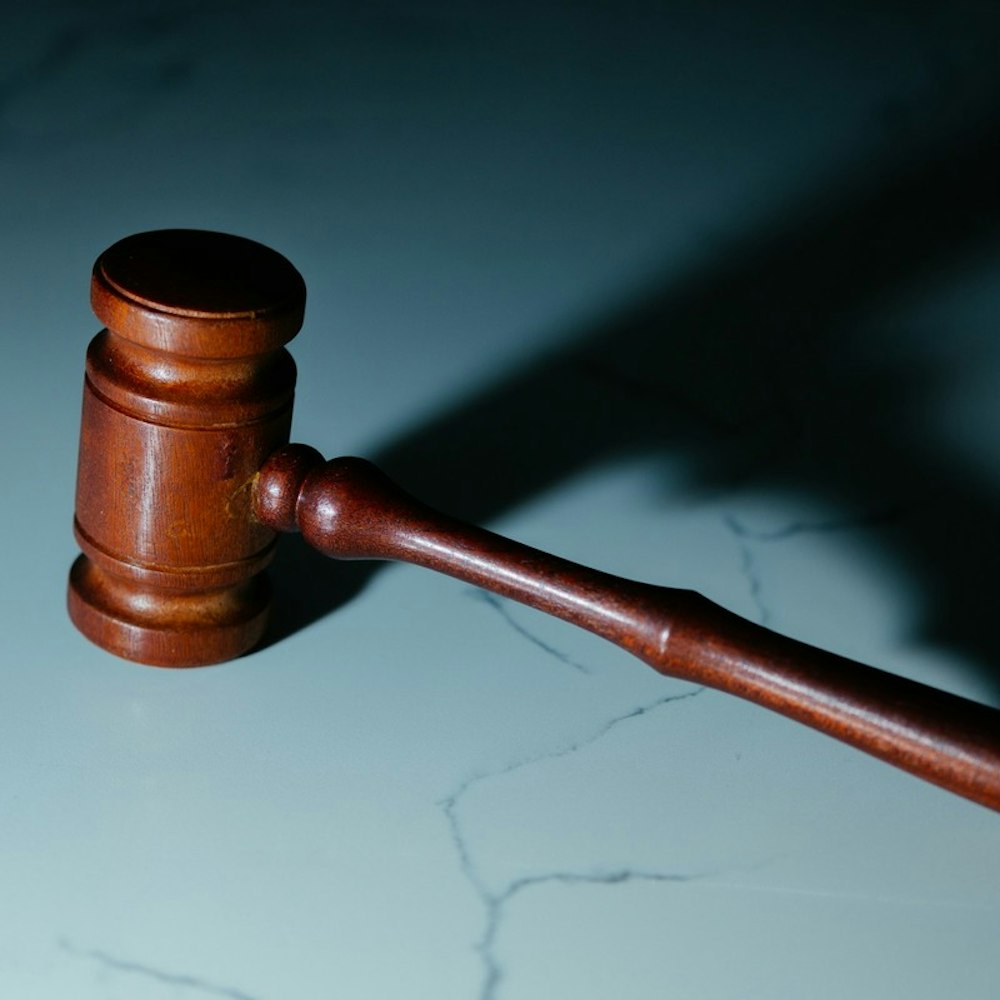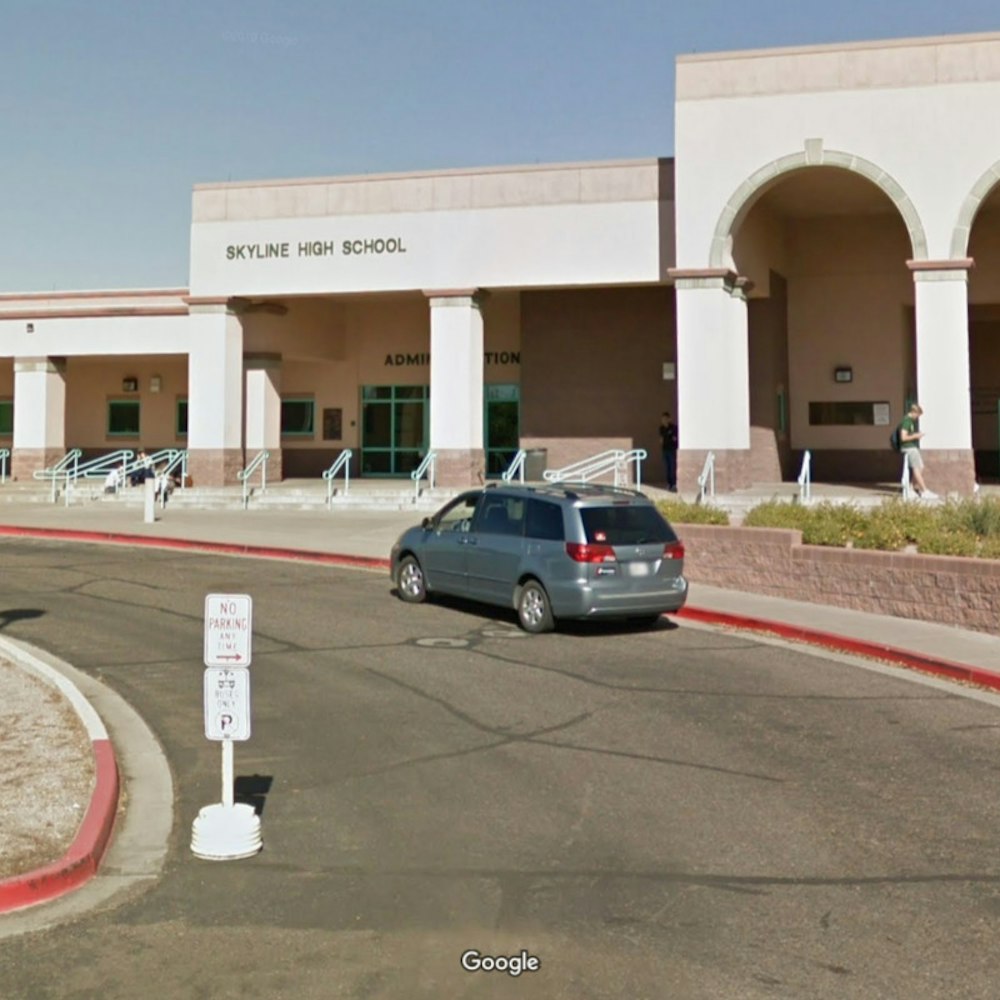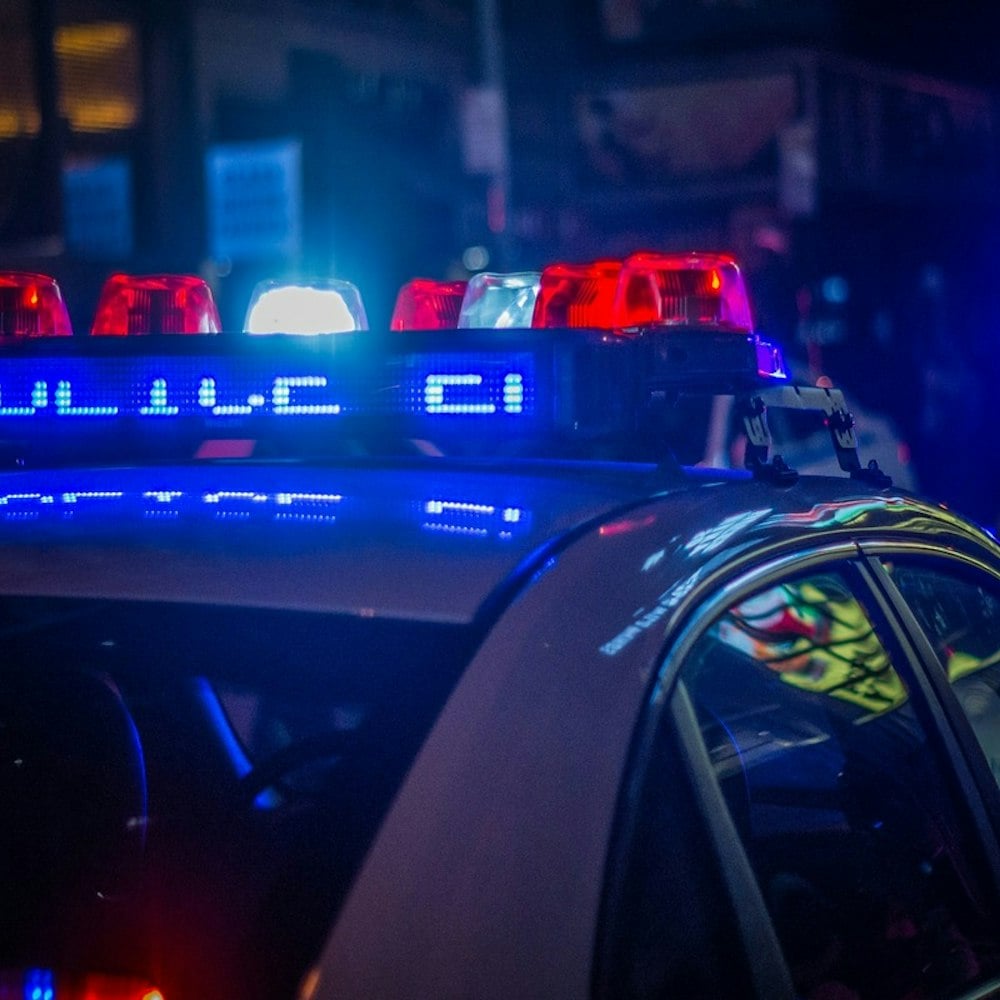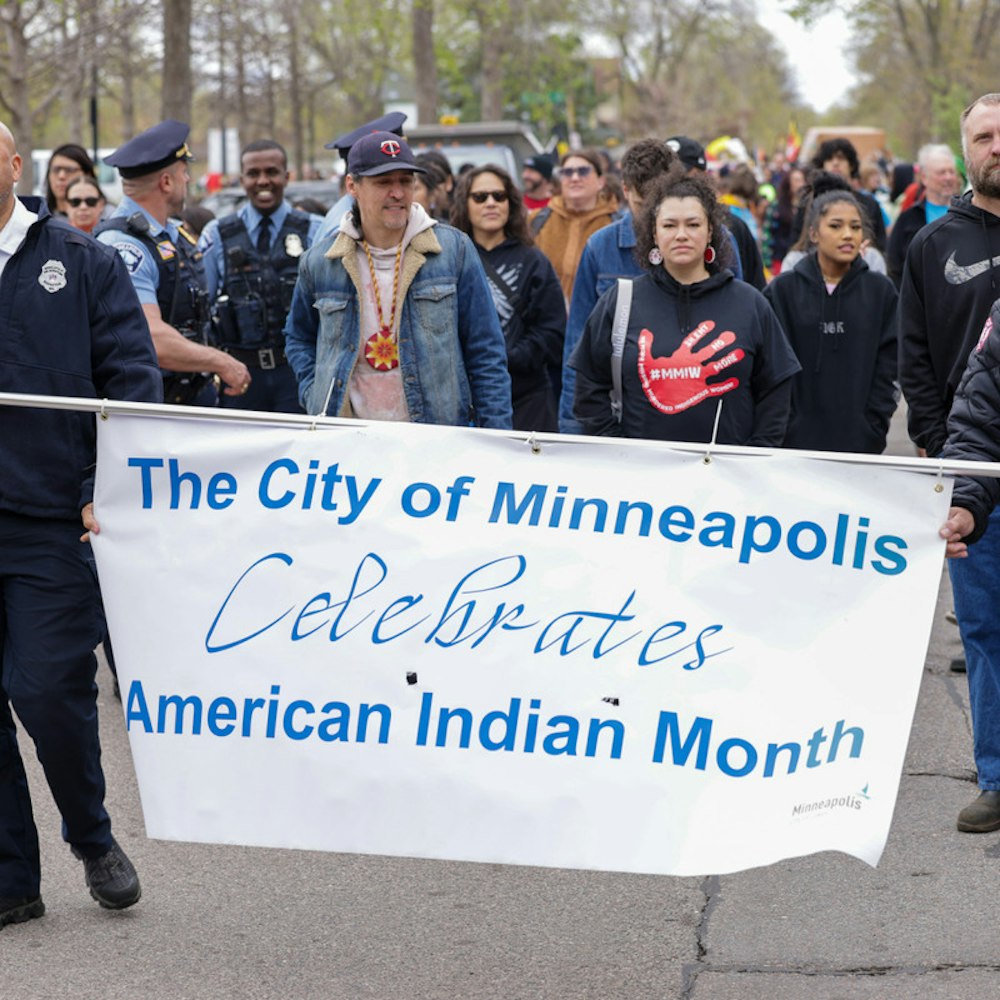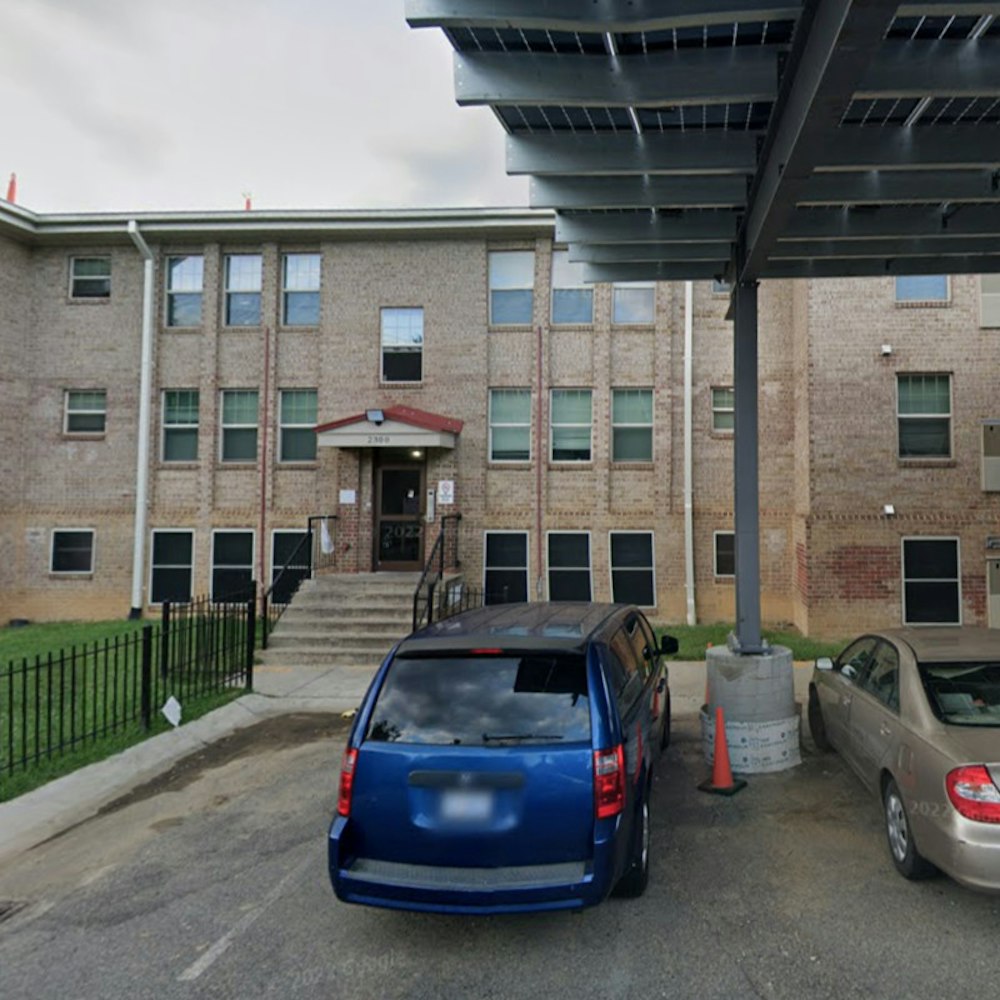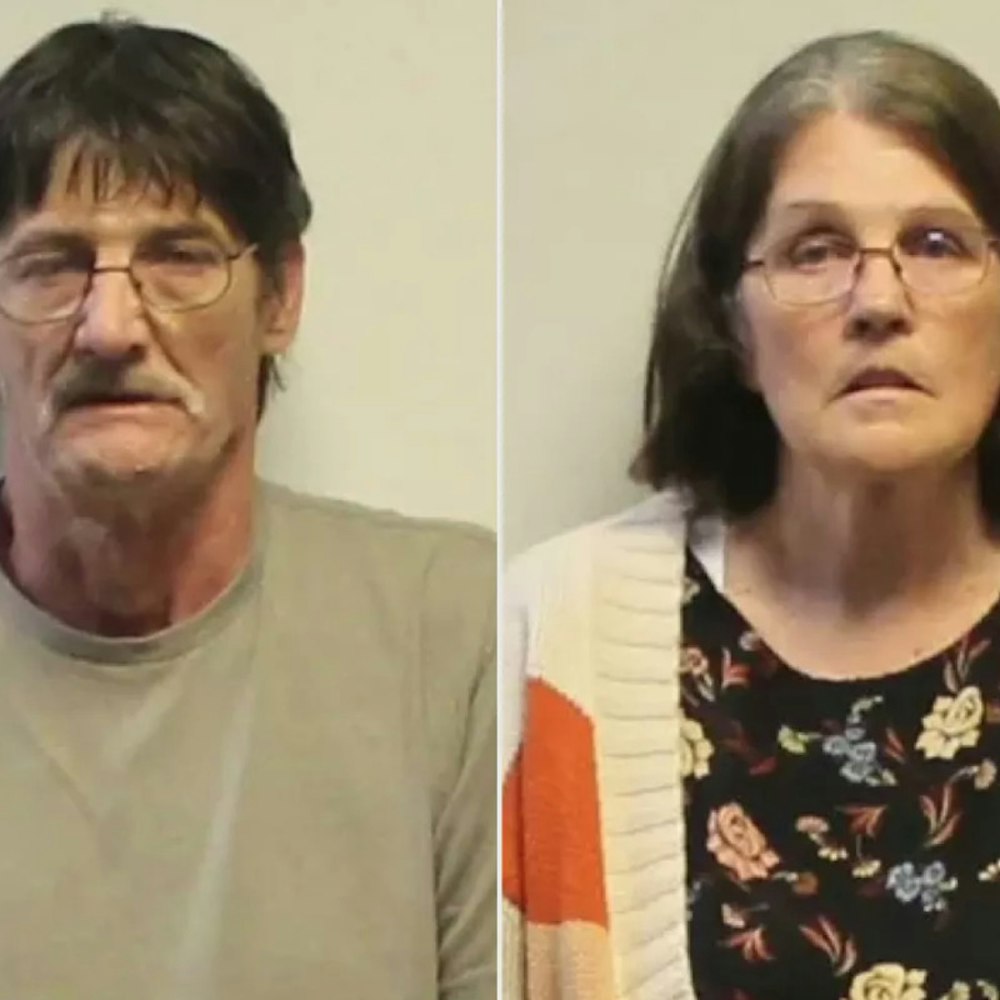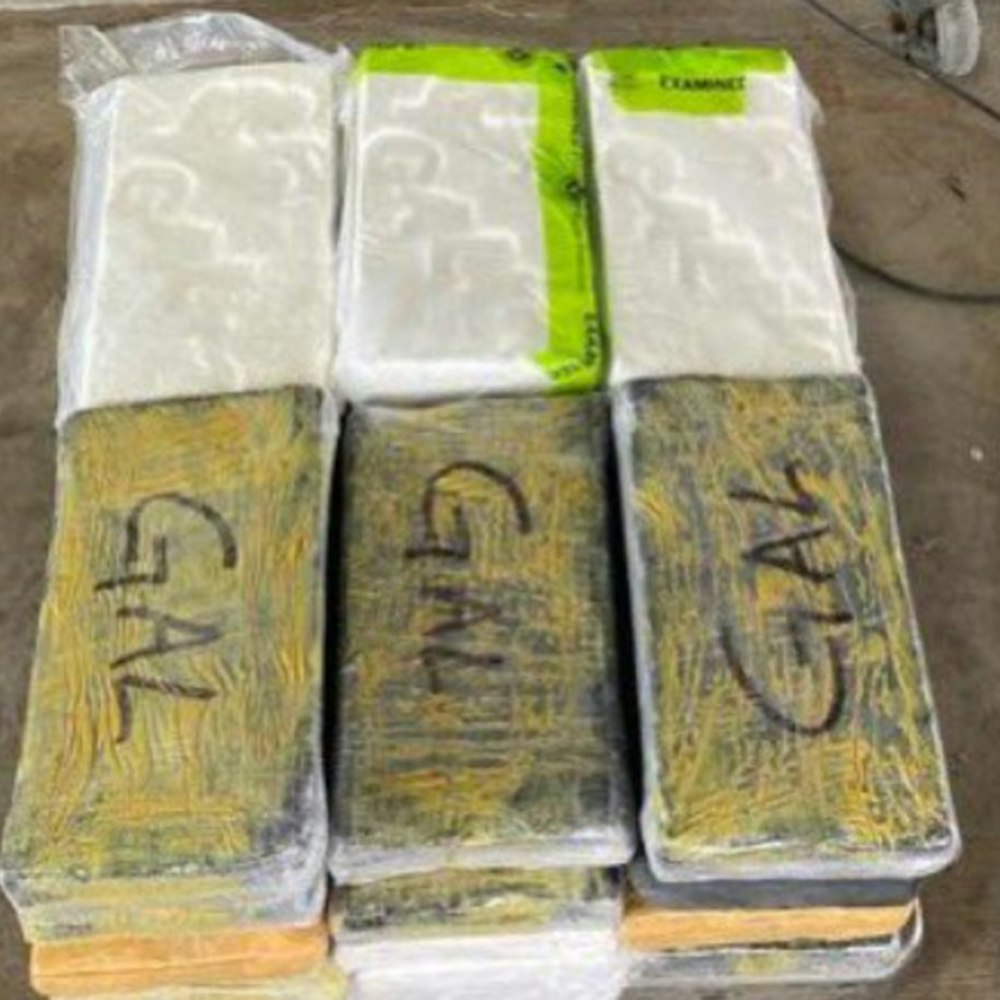
In response to ongoing safety problems, irrigation challenges, and an aging urban forest, a long-brewing effort to fix up the oldest park in the city, Buena Vista Park, is finally coming together.
Here’s a closer look at what's happening, and how you can get involved – including a big planning meeting this coming week.
Buena Vista Now
As beautiful as Buena Vista Park is, it has suffered from overgrowth for many years, and has been poorly maintained. This neglect creates both a natural safety hazard and a haven for illicit human activities, like camping out, having public sex, or using various illegal drugs. (These aren't all new problems; the property had issues with squatters as far back as 1894, when a city committee first paid a few to leave the top of the hill so the park could be expanded.)
Various upgrades were installed last century, including paths paved with headstones from defunct cemeteries, repaved tennis courts, and a new irrigation system.
But the neglect has accumulated in recent decades. The park has not had a written management plan since the city's Master Plan was written in 1987, and the last capital improvement projects to the southeastern slope of Buena Vista Park ended in 2008. There were two citywide park bonds approved in the last decade, but Buena Vista was not a beneficiary of either.
Storm runoff in December. Hoodline/Camden Avery
The most recent notable project was reactive. In 2011, heavy rain caused a landslide on the southeast side of the park, and motivated the city to create a stairway and a horizontal path going east to west.
To address the park's neglect, neighbors have gotten more organized in recent years. First, $100,000 in funding was secured by nearby supervisors last year for tree maintenance in the park. That pruning and removal will begin this fall. An additional $25,000 will fund a recently-ordered woodchipper that will be used to remove fallen branches and create much-needed mulch.
Building on this momentum, the Buena Vista Neighborhood Association (BVNA) and Friends of Buena Vista Park are working together with the Recreation and Parks and Public Works Departments to create a Capital Improvement Plan (here's the draft version).
On February 10th, these neighborhood groups and city departments held the first of three meetings to ensure that the oldest park in the city is no longer an afterthought.
The get-togethers are intended to open a dialogue between city agencies and residents about concerns, brainstorm possible solutions, and create a written plan for future improvements.
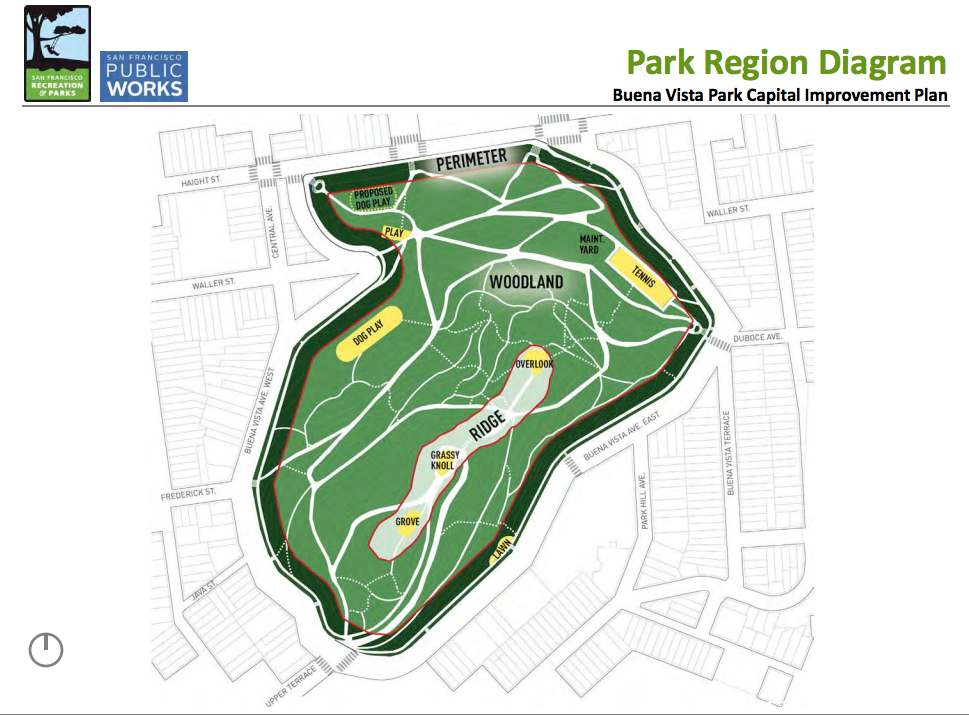
An overview diagram from the Capital Improvement Plan.
The next two meetings will continue the discussion of these issues, with the goal of developing a budget for restoring the park to the sustainable condition imagined in the 1987 Master Plan. Meeting participants will also develop the framework for roughly five projects to address these concerns over the next five years. Costs per project, in this early phase of planning, are estimated to range between $250,000 and $750,000.
David Burke of the BVNA tells us that he hopes this capital improvement plan will become the “first written plan for the park as a whole” and eventually help “restore the park to its natural and sustainable state.”
The New Plan
To learn more about the park’s problems and solutions, we interviewed Isabel Wade, a neighborhood resident since 1957 and the founder of Friends of Buena Vista Park. Wade has been a leader in park and urban naturalization efforts for decades, among other things helping to found the Friends of the Urban Forest in the early '80s.
The troubles facing the park, as Wade tells us, are intertwined, costly, and require a long-term commitment from both the city and residents.
At the February 10th meeting, Wade, Burke and other residents discussed concerns about safety, the location of the playground, the need to improve the park’s urban forest, and possible changes to the paths that wind along its hillsides.
While Recreation and Parks had provided funding for a public bathroom, this was pulled in 2012 due to neighborhood concerns regarding the proximity of the bathroom to the children’s playground and possible, ahem, misuse.

A proposed design for the Buena Vista bathrooms, currently on hold.
Residents at the meeting expressed worries that the playground is already avoided by some parents due to the crowds of street kids that form at the corner of Haight and Buena Vista Park West. Having the bathroom nearby could exacerbate that problem.
Some suggested moving the playground to the other side of the park to be more family-friendly. But Wade told us there could still be concerns regarding sexual activity in the bathroom, which prompted its closure years ago.
Another safety improvement could be resurrecting the old light standards that used to stand at the four corners of the park on the east and west sides of Haight, Duboce, and Frederick.
The park’s urban forest will also need a new level of investment if it’s to continue as a habitat for local wildlife.
While tree pruning and maintenance are necessary, some of the trees will need to be replaced entirely because they become diseased or are in danger of falling over. Any new trees will need to be watered, which will mean the need for an improved irrigation system.

Wade explains that Buena Vista Park uses an out of date coupler irrigation system, which is a “pipe that runs along the perimeter” with hand-held hoses that plug into various coupling stations and can’t reach anything planted in the middle of the park. She is planning to apply for a grant to develop a more modern irrigation system that “both conserves water and generates water by 'fog capture' and permaculture swales,” which she hopes will be an example of water conservation in parks throughout the Bay Area as the drought continues.
Current drought restrictions prohibit the city from watering plants if the water will reach the sidewalk. With the natural hilly slope of the park, water falling downhill onto the sidewalk is inevitable without more advanced water-sinking techniques like swaling. In the meantime, like many lawns in the state of California, Buena Vista Park has been staying pretty dry (contributing to the forest’s decline).
The trails themselves also need rethinking.
Currently, there are many paths inside the park that break away from the main asphalt paths. These circulation routes include steps made from wood planks erected in the early 1980s. However, the wood has broken down with time, and the soil surrounding the wood planks on the paths has formed dunes when it rains because there are no plants nearby to anchor the soil. Wade suggested switching to either asphalt or consolidated granite steps, which would require less maintenance and look more natural, as a more permanent solution.
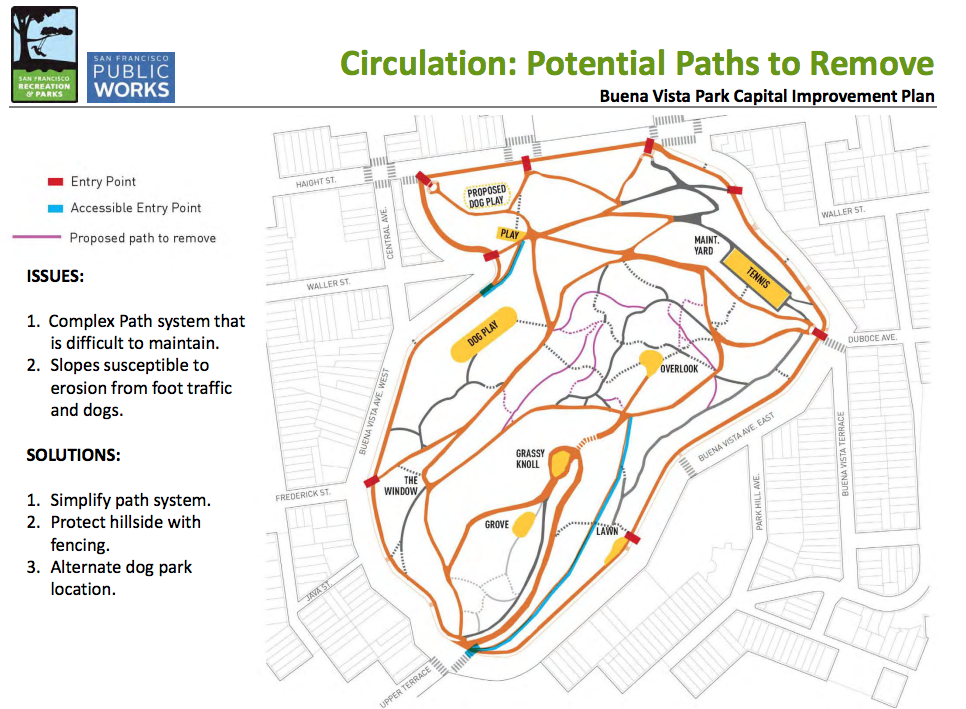
The Parks Department also mentioned at the meeting that the multitude of interior paths makes the park difficult to maintain, and suggested removing some of these paths, using fences to protect the hillside, and moving the location of the dog park on the west side.
Paying For The Upgrades
The possible projects that the Capital Improvement Plan envisions will require further funding. Both Wade and Burke mentioned plans to apply for the Recreation and Parks Department’s Community Opportunity Fund, which could provide up to $250,000 to benefit the park.
Other funding sources will be needed as the date for these projects approaches, and both Wade and Burke have ideas. Wade suggests turning Buena Vista Park into a Community Benefit District (CBD), which has usually been a commercial zone where the city guarantees a certain level of funds and surrounding property owners also chip in. In commercial CBDs, Wade estimates the assessment for surrounding property owners has been between $75 and $300 a parcel. A local board then decides how best to use the funds to benefit the district.
She points to Yerba Buena as an example where the nearby owners agreed to form the district and are assessed to contribute to the maintenance of the park. Forming a CBD requires some community organization, professionals to assess the benefits and the proper zone of the district, and a subsequent mail ballot to the neighbors requiring over 50 percent to create the district.

As the population grows, Wade hopes the city will see that “incoming retirees and newcomers want parks and they are a major economic development arm for the city.” In turn, these newcomers and current residents will want to enjoy a city with greenery and open space, and city leaders will ideally “give a bigger percentage of the general fund to the Rec and Park budget” such as allotting 5 cents of every $100 of property assessment to the parks, rather than the current 2.5 cents.
Community Involvement
Any long-term solution to provide sustainability to the park will require continued maintenance from the Parks Department. Wade and Burke both stressed the need for community involvement to push these projects through.
The improved landscaping on the Buena Vista West side, between Central and Frederick, is a small example of the power of such community involvement. After neighbors noted an increase in campers and noise along the west side of Buena Vista Park, Wade was encouraged to start an online petition in December 2013.
The increased publicity generated by this effort helped bring attention and funding for the upcoming tree maintenance and woodchipper. The Parks Department also increased staff to remove overgrown brush, and the SFPD increased police patrols.
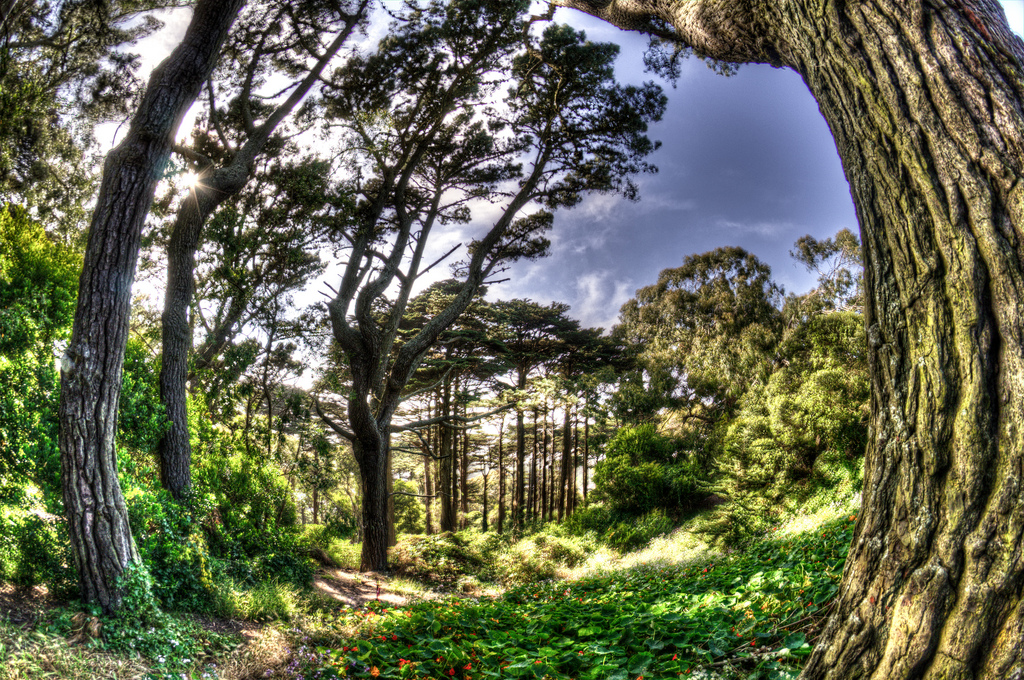
Photo by Flickr/Damian.
More people than ever showed up at the April 2014 monthly clean-up event, where the Parks Department provided the wattling (a mesh of tree branches), plants, and mulch for improvements to the west side area.
Today you can see wattling set up along the west side, and a new generation of plants flourishing. At each monthly event, and with help from the residents nearby, the overgrown area has turned from a campsite to something resembling a backyard garden. Higher walls have been built to prevent overflow onto the sidewalk when it rains, and small steps going into the park are replacing dirt paths created by human activity. By this spring and summer, Wade expects you will see a variety of colors along the west side of the park, and drought tolerant plants both native and non-native (specifically the ceanothus, grevillia, pineapple sage, and penstemon) from comparable climate areas, such as Australia, South Africa and the Mediterranean.
This area is a small example of park improvements that could become reality in a year's time with continued community involvement and input.
“Rec and Park has made a huge push to improve the park since our [initial] meeting last year and lots of new neighbors are joining the work days and offering to help,” Wade tells us. “Between the public meetings on the park that just started and new energy... we are all hopeful that our park will finally get the attention it deserves.”
If you're interested in getting involved with Buena Vista Park, the next Capital Improvement Project meeting will be on Tuesday March 24th at 6:30 PM at the Randall Museum (199 Museum Way).
If you are unable to attend the meeting, you can email comments and suggestion to the Buena Vista Neighborhood Association through their website.
And if you want to get more actively involved, attend a monthly Buena Vista Park work day by meeting at the playground on the first Saturday of each month at 9am.
